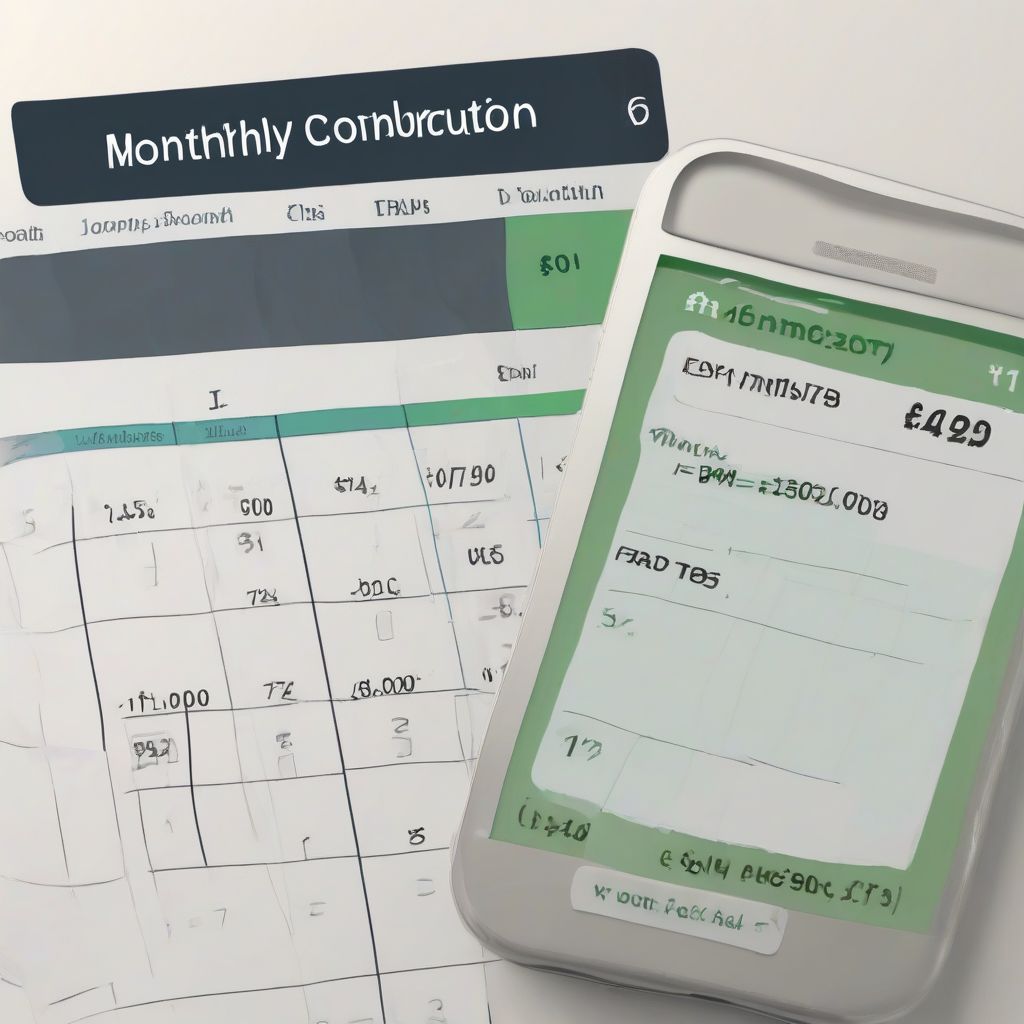Ever dream of that big family vacation, a down payment on a new car, or finally tackling that kitchen renovation without scrambling for funds? Sinking funds are your secret weapon! They’re like mini-savings accounts dedicated to specific future expenses, allowing you to save gradually and avoid debt. This guide will walk you through how to set up sinking funds effectively, so you can achieve your financial goals with confidence and ease.
What is a Sinking Fund?
A sinking fund is a savings account specifically earmarked for a planned expense. It’s a powerful tool for managing finances and achieving your goals. Unlike emergency funds, which are for unexpected costs, sinking funds are for anticipated expenses, like a new appliance, holiday gifts, or even annual insurance premiums.
Why Should You Set Up Sinking Funds?
Imagine knowing you already have the money set aside for your next car’s down payment or your dream vacation. Sinking funds offer peace of mind, eliminating financial stress and the temptation of high-interest debt. They empower you to make larger purchases without derailing your budget or impacting your long-term savings goals.
How to Set Up a Sinking Fund: A Step-by-Step Guide
1. Identify Your Planned Expenses
Start by listing all the expenses you anticipate in the near future (within the next 1-5 years). This might include things like:
- Home repairs or renovations
- Car maintenance or replacement
- Vacations
- Holiday gifts
- New appliances
- Annual insurance premiums
- Property taxes
2. Determine Your Savings Goal for Each Expense
Once you’ve identified your expenses, estimate the cost of each. Be realistic and factor in potential price increases. For example, if you plan to replace your laptop in two years, research the current price of a similar model and add a small buffer for inflation.
3. Set a Timeframe for Each Goal
Decide when you need the money for each expense. This will help you determine how much you need to save each month.
4. Calculate Your Monthly Savings Contribution
Divide the total cost of each expense by the number of months until you need the funds. This will give you your monthly savings target.
5. Choose a Savings Vehicle
There are several options for where to keep your sinking funds:
- High-yield savings accounts: These offer competitive interest rates and easy access to your funds.
- Money market accounts: These also offer decent interest rates and may come with check-writing privileges.
- Sub-savings accounts: Many banks allow you to create sub-accounts within your main savings account, making it easy to track individual sinking funds.
6. Automate Your Savings
The easiest way to ensure consistent contributions is to automate your savings. Set up automatic transfers from your checking account to your sinking fund account each month.
7. Track Your Progress and Adjust as Needed
Regularly review your sinking funds to ensure you’re on track. If an expense comes up sooner than expected, or if the cost changes, adjust your savings plan accordingly.
Real-Life Examples and Expert Advice
“Failing to plan is planning to fail,” as the saying goes, and this rings especially true for finances. Financial expert, Dave Ramsey, emphasizes the importance of sinking funds in his book, The Total Money Makeover, stating that they are crucial for breaking the cycle of debt. He advises setting up sinking funds for all anticipated expenses, no matter how small. Imagine a young couple saving for a down payment on their first home. By consistently contributing to a sinking fund each month, they turn their dream into a tangible reality.
Consider another example: a family saving for their annual holiday expenses. By setting up a sinking fund dedicated to gifts and travel, they avoid the January credit card hangover and enjoy the holidays stress-free.
 Sinking Fund Calculator
Sinking Fund Calculator
Tips for Sinking Fund Success
- Start small: Even small contributions add up over time.
- Be consistent: Regular savings are key to reaching your goals.
- Prioritize your funds: Focus on the most important expenses first.
- Be flexible: Adjust your savings plan as needed.
- Celebrate your progress: Acknowledge your achievements to stay motivated.
Conclusion
Sinking funds are a powerful tool for achieving your financial goals and avoiding debt. By following these simple steps, you can take control of your finances and make your dreams a reality. Start small, stay consistent, and watch your savings grow! Share your experiences with sinking funds in the comments below. Have you used them successfully? What tips do you have for others just starting out? We’d love to hear from you!



